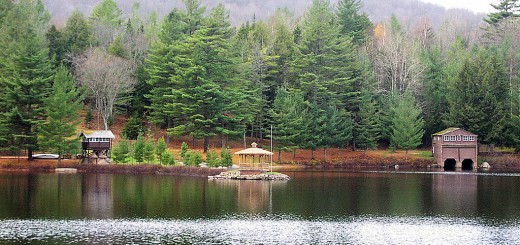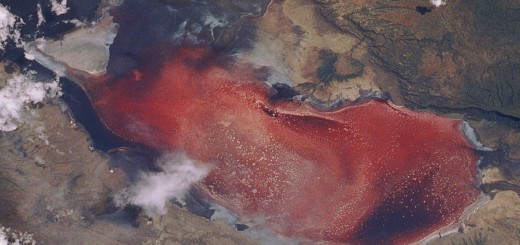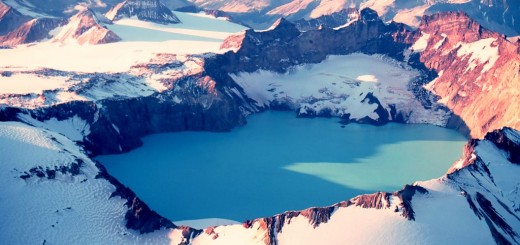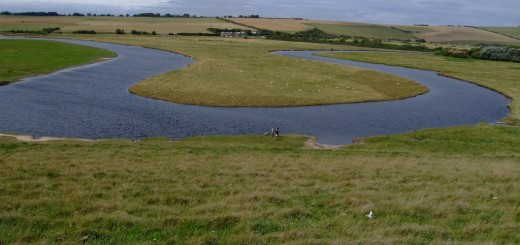Friday Five: Lakes of New Zealand
0Lake Taupo
Rolling mountains surrounding Lake Taupo make the lake a tourist hot spot. Visitors also come for its abundant fish populations, as it supports hefty schools of brown trout, rainbow trout, crayfish and whitebait.

Mount Tauhara as seen from Lake Taupo. (Credit: Wikipedia User Pseudopanax via Wikimedia Commons)
Lake Tekapo
Sitting on the edge of the Mackenzie Basin of New Zealand’s South Island, Lake Tekapo covers some 32 square miles. Its waters are fed by the Godley River at its north and diverted for power generation at its south. Tekapo’s water has a turquoise color caused by glacial sediment in its lake bed.

Lake Tekapo. (Credit: Ian Armstrong via Creative Commons)
Lake Wakatipu
Wakatipu sits near Lake Tekapo, and recently took on a similar color following a landslide. The slide released glacier dust that changed the water’s color. Lake Wakatipu is also known for its depth, sitting some 1,250 feet deep at its maximum.

Lake Wakatipu. (Credit: Eli Duke via Creative Commons)
The Emerald Lakes
These lakes sit in the Tongariro National Park’s Alpine Crossing, a volcanic region. The Emerald Lakes are so colored because of volcanic minerals that have dissolved in their waters. The surrounding area also contains hot springs and geysers.

Emerald Lakes. (Credit: Wikimedia Commons User Blueromulan via Creative Commons)
Champagne Pool
This lake sits in a geothermal area in New Zealand’s Bay of Plenty region. It is home to boiling mud pools and multi-hued rocks. Because of the effluence of carbon dioxide in the area, water in the Champagne Pool appears to be carbonated.

Champagne Pool. (Credit: Christian Mehlfuhrer via Creative Commons)













